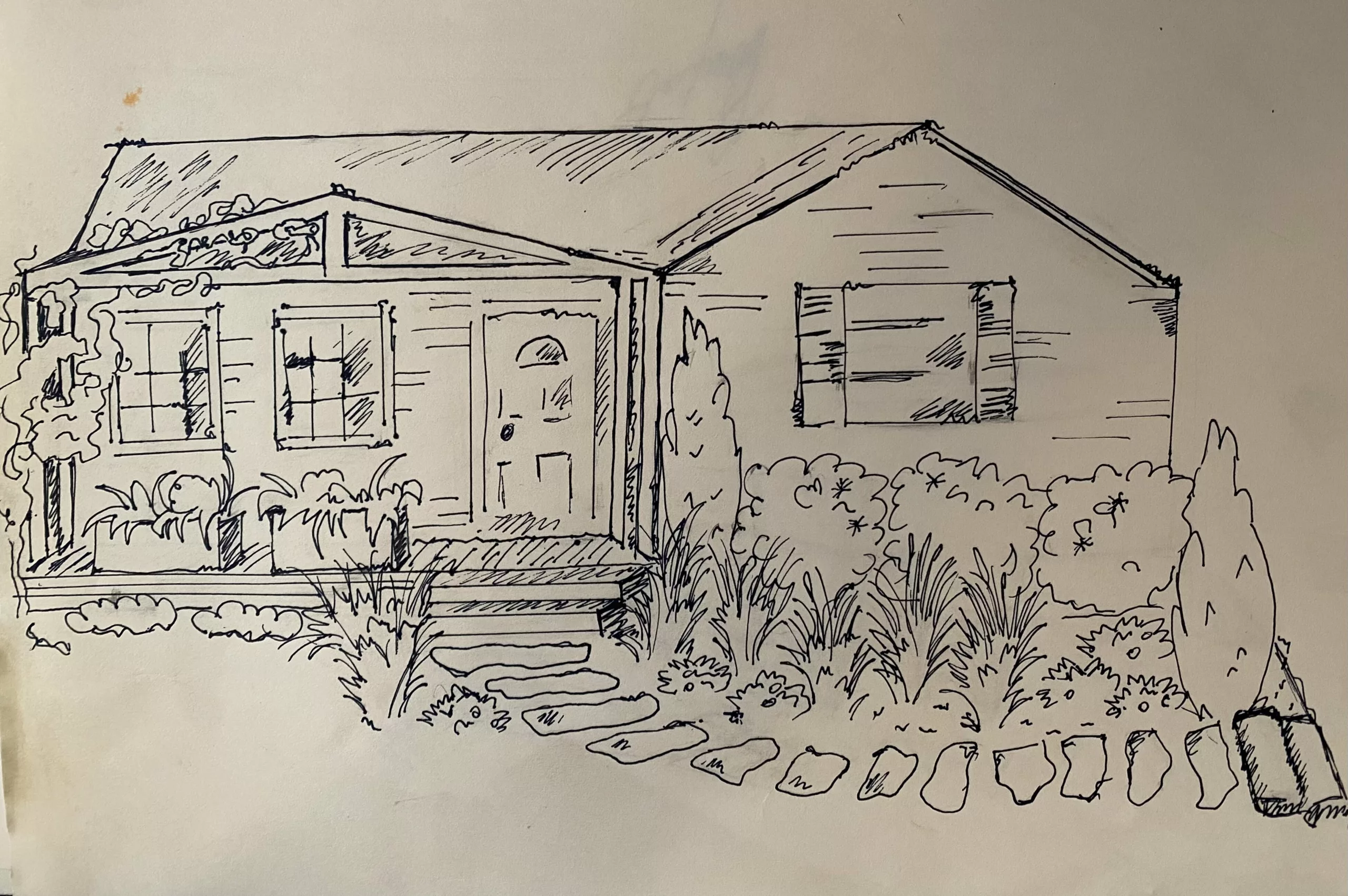Being eco-friendly is not as hard as it seems
We love nature as gardeners. To be a responsible gardener and citizen of Mother Earth, I happily recycle, use reusable bags at the grocery store. I also plant native flowers to cut down on water and pesticide usage, and shop at the local farmers’ market. But, I had never had the courage to tackle composting. This is composting made easy.
In order to compost: Simply take organic waste (food products, newspaper, leaves, coffee grounds, etc), and put them in a large pile, and then let them decompose. The result is nutrient-rich soil/fertilizer. It’s a very green way to dispose of food scraps without adding to a landfill. Also, it’s incredible for your plants and wallet! Below are some quick tips on how to begin your own compost bin, pile, bucket, etc.
Compost is a simple girl and requires very little; brown materials, green materials, moisture, and oxygen. Easy, right?! Here’s how to start.
Composting made easy Step 1: Gather materials!
You want a 2:1 ratio of browns and greens.
—Brown Material: Supply carbon is typically dry. Brown material includes leaves, egg cartons, newspaper, toilet paper rolls, etc.
—Green Material: Supply nitrogen is typically wet. Food scraps (but no meat, dairy, bones, or butter/oil), coffee grounds, tea bags, cut flowers, fresh cut grass, etc.
Step 2: Store materials!
We use a stylish silver bin in our kitchen. Then, once it’s full, we take it out to our composter. There are MANY options for composters that keep everything safely enclosed (to keep away unwanted critters) and pleasant smelling. This also makes it easy for you to get a significant result in a short amount of time. I personally recommend a rotating compost bin with two chambers. You can have one pile decomposing as you begin your next one this way. Spinning makes it very easy for you to add the ever important oxygen into your pile and keep everything mixing. You can also mix the compost by hand using a spade or a stick.
Step 3: Tend and Aerate.
Once you have mixed your materials, check for the right amount of moisture. It needs to be wet, but not soaking. You want your pile to have the same amount of moisture as a wrung out sponge. You can always add water or increase the amount of wet materials. When you have the right balance of materials and moisture levels, aerate your pile by turning or rotating it. Just like a fire, air must flow in order for it to decompose. You can expect your compost to be beautiful soil in a few weeks or up to 2 months depending on the weather. (It decomposes faster in warmer temperatures.)
Step 4: Trust your nose. A lovely, earthy smell of good soil means it’s ready. It smells bad when it’s not done decomposing. You need to adjust your levels of greens and browns if this happens.
Last bit of advice for composting: don’t overthink it!
Try out a mixture and, if after a few weeks you’re not getting the results you want, try something else. Get things started by throwing in some high-quality soil. We’re looking forward to you getting as excited about your scraps as we are. Happy composting!
Chec out this post for Eco-friendly Backyard Ideas







